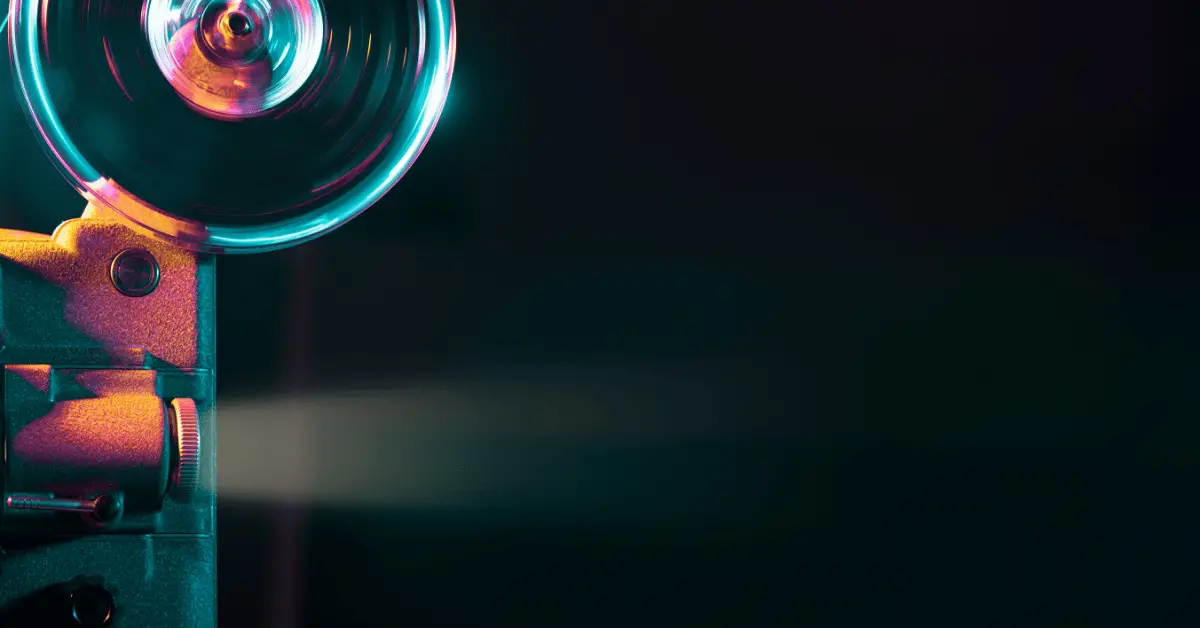Projectors have become an integral part of our lives, especially in educational and professional settings. They allow us to share presentations, videos, and other media with large groups of people. However, sometimes the image projected by the projector may appear upside down or reversed, which can be a frustrating experience for the presenter. Fortunately, there is an easy solution to this problem. In this guide, we will walk you through the steps to flip the projector image upside down, allowing you to adjust the projection to suit any setting or presentation. Whether you are a teacher, business professional, or anyone who uses projectors regularly, this guide is for you.
Table of Contents
How to Flip the Projector Image Upside Down?
Projectors have become an essential tool for presenting information to large groups of people, whether it be in an educational or professional setting. However, sometimes the projector image may appear upside down or reversed, which can be a frustrating experience for the presenter. Fortunately, flipping the projector image upside down is a simple process, and in this guide, we will walk you through the steps to do just that.
Step 1: Locate the Menu Button on Your Projector
The first step to flipping the projector image upside down is to locate the menu button on your projector. The location of this button may vary depending on the make and model of your projector, so it is best to refer to the user manual for guidance. Once you have located the menu button, press it to access the projector’s settings menu.
Step 2: Navigate to the Image Settings Menu
Once you have accessed the projector’s settings menu, you will need to navigate to the image settings menu. Again, the location of this menu may vary depending on your projector’s make and model, so refer to the user manual for guidance. Once you have located the image settings menu, select it to access the image settings options.
Step 3: Select the Flip Image Upside Down Option
Within the image settings menu, you should see an option to flip the image upside down or to reverse it horizontally or vertically. Select the option to flip the image upside down, and then save your changes by pressing the menu button again.
Step 4: Adjust the Keystone Correction (If Necessary)
If the image is still not projected correctly after flipping it upside down, you may need to adjust the keystone correction. Keystone correction is a feature that allows you to adjust the shape of the projected image, correcting any distortion caused by the angle of the projector. The keystone correction setting can usually be found in the same image settings menu where you flipped the image upside down.
Step 5: Test the Projector Image
Once you have flipped the image upside down and made any necessary keystone corrections, it’s time to test the projector image. Start by projecting a test image or slide, and make any additional adjustments as necessary until the image is displayed correctly.
Can you put a projector upside down?
Yes, you can put a projector upside down, and in fact, it’s a common practice in many professional and educational settings. In such settings, a projector is often mounted upside down on the ceiling or on a bracket to project images onto a screen or a whiteboard.
The reason for mounting the projector upside down is to ensure that the projected image is correctly oriented and fits the screen properly. In some cases, the ceiling may be the only available mounting location, especially in larger rooms where the projector needs to be placed far away from the screen. By mounting the projector upside down, the projected image is flipped and corrected, resulting in a properly oriented image.
Most projectors are designed to be flexible and versatile, allowing them to be mounted in various orientations, including upside down. However, it’s important to check the manufacturer’s instructions and user manual before mounting the projector in an upside-down position to ensure that it’s safe to do so.
If you do plan to mount your projector upside down, make sure to use the appropriate mounting bracket or ceiling mount, and follow the instructions carefully to ensure that the projector is securely mounted. Additionally, you may need to adjust the projector settings, such as the keystone correction, to ensure that the projected image is properly oriented and not distorted.
In conclusion, it’s safe to put a projector upside down, and in many cases, it’s necessary to do so to ensure a correctly oriented image. Just be sure to follow the manufacturer’s instructions and use the appropriate mounting equipment to ensure a safe and secure installation.
Conclusion
Flipping the projector image upside down is a simple process that can be done in just a few steps. By accessing the projector’s settings menu and selecting the flip image upside down option, you can quickly adjust the projection to suit any setting or presentation. And with the addition of keystone correction, you can ensure that the projected image is displayed correctly, even when the projector is at an angle. By following these steps, you can be sure that your presentations will be displayed correctly, and your audience will be able to see your message loud and clear.

